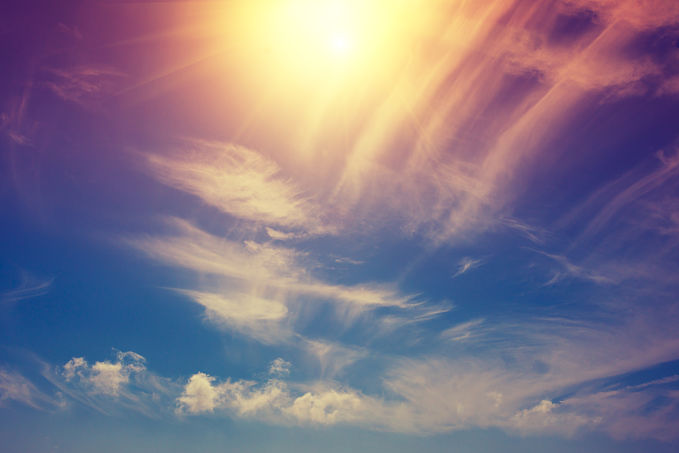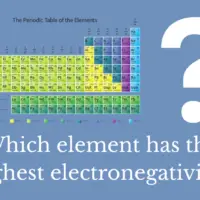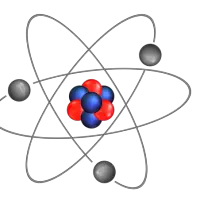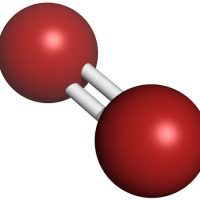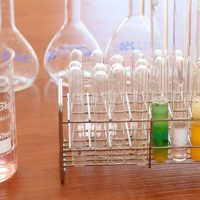The ozone layer is the second layer of the earth’s atmosphere. Why is the ozone layer important? Read on to find out…
Earth’s atmosphere is about 50 km thick and has five layers. The closest to Earth is the troposphere, where most human activities take place as well as most weather and climate phenomena (clouds, rain, winds, etc.). The ozone layer is in the next layer up, called the stratosphere. The remaining three layers are the mesosphere, the thermosphere, and the exosphere, the last border between Earth and space.
Why the ozone layer is important
The Earth gets its energy from the Sun, both in the form of heat to support life as well as the solar energy needed for photosynthesis. However, the Sun emits ultraviolet (UV) radiation. UV radiation is directly linked to causing cancer by either directly mutating cellular DNA or by reducing the effectiveness of an organism’s immune system.
Many living things are affected by UV radiation, which can prevent cellular processes like photosynthesis, prevent growth, and cause DNA damage. In humans and some animals, UV radiation causes the production of melanin in skin cells. This is a defense mechanism by the skin cells against the harmful UV rays, but if skin has gotten darker due to sun exposure, the skin has already been harmed. Eyes are also damaged by UV radiation, causing cataracts.
High above the earth is a layer of sunscreen, protecting life from this harmful UV radiation. It’s called the ozone layer, and life as we know it couldn’t exist without it.
What is the ozone layer?
The ozone layer is a thin, invisible shield that covers the Earth and protects life from UV radiation. In this layer, there is a constant creation and destruction of atmospheric ozone. Ozone molecules, O3, are created when oxygen molecules, O2, are broken down by UV radiation in a process called photolysis. When O2 is broken apart into 2 atoms of O, one O joins onto an existing O2 to make O3, ozone.
Conversely, O3 is also photolysed into O2. Photolysis of O2 and O3 absorbs UV radiation, so the constant destruction of bonds helps prevent UV rays from reaching Earth. In an unpolluted atmosphere, the amount of ozone being produced and the amount of ozone being destroyed is balanced.
Ozone depleting substances (ODSs) are man-made substances that destroy ozone molecules. The most common are chlorofluorocarbons (CFCs, used in refrigerators, air conditioners, and aerosol spray cans), halons and bromofluorocarbons (used in certain types of fire extinguishers), and methyl bromide (found in some pesticides).
When these compounds escape into the air they become harmful – they reach the stratosphere, are hit by UV radiation, and release chlorine and bromine atoms. These chlorine and bromine atoms break ozone molecules apart on contact.
In 1985, extreme thinning was discovered in the ozone layer over Antarctica as well as parts of South America, Australia, New Zealand, and South Africa. However, by 2016, bans on CFCs and other ODSs have led to a slowing-down of ozone layer depletion.
Unfortunately, ODSs aren’t banned everywhere and they have a long atmospheric lifetimes, so it’s a slow change. However, it is estimated that the ozone layer will recover to 1980 levels by the middle of the 21st century.

